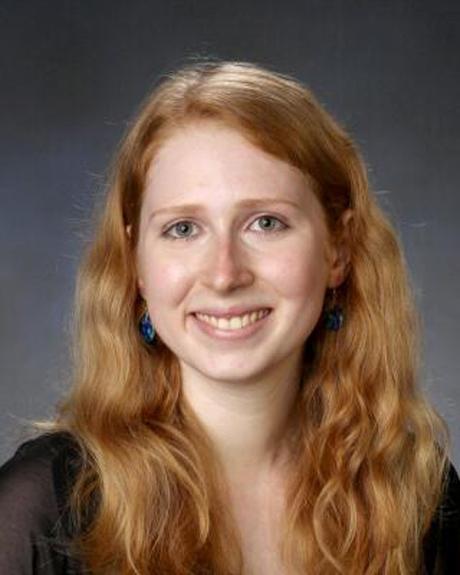
(The breakdown by race and gender-all the girls are white, all the boys are black-might seem unusual, and in fact it is notable for fascinating reasons more on that later.)Įvanston, as a progressive university town, might have been a best-case scenario for desegregation the photograph is a testament to the efforts of the schools and the community. It’s just a picture of kids, probably taken by another one of their friends, just marking a moment. Thirteen kids, seven white girls and six black boys, sitting on a porch together in 1974. It would probably look something like the photograph on the cover of Mary Barr's new book, Friends Disappear: The Battle for Racial Equality in Evanston. Ted Landsmark, a lawyer and activist, attacked with an American flag by a white teenager during an anti-busing protest in Boston.īut what would it look like if desegregation had really worked-if only for a moment? Elizabeth Eckford, a 15-year-old who tried to enter the segregated Little Rock Central High School, screamed at by a mob. There’s James Meredith, composed and brave in suit and tie, protected by federal marshals, the first black student at the University of Mississippi. Some of the most resonant images of American history come from the decades-long desegregation of America’s schools. It is now home to the Family Focus Center.


Above: Foster School was an all-black school until 1967, when it was integrated and converted to a magnet school.


 0 kommentar(er)
0 kommentar(er)
